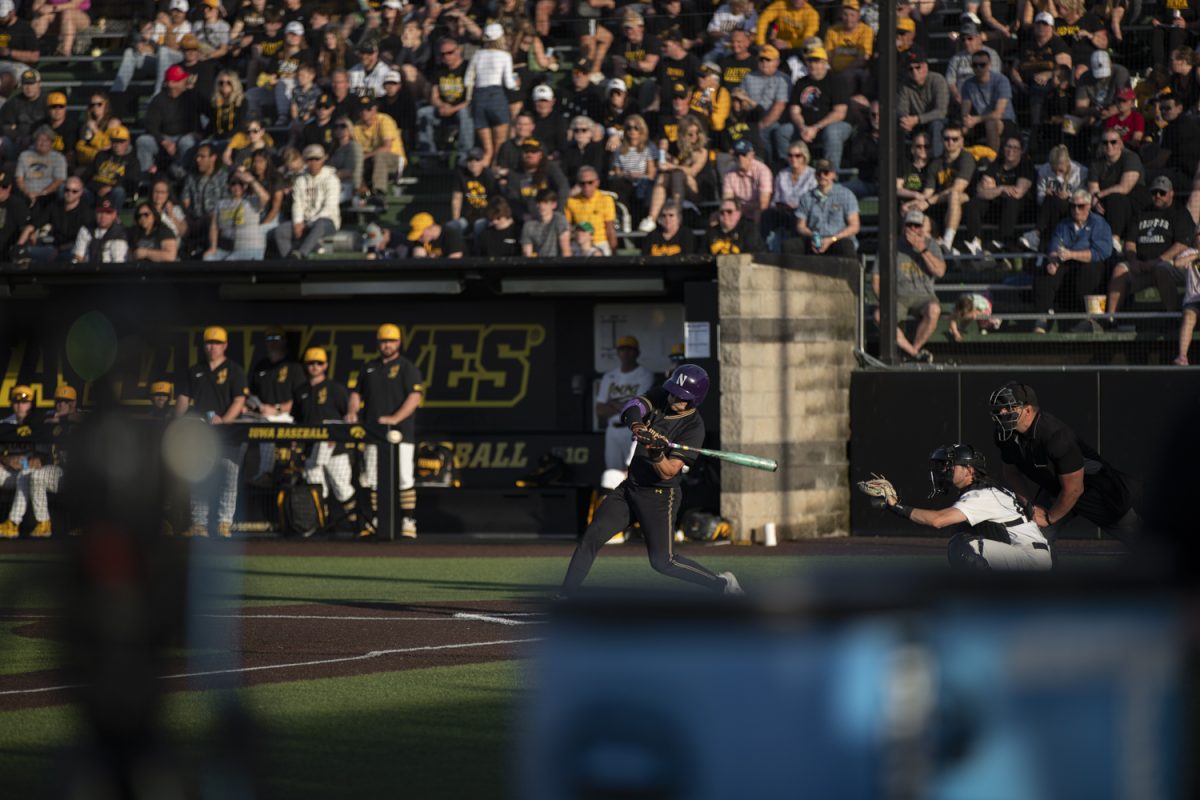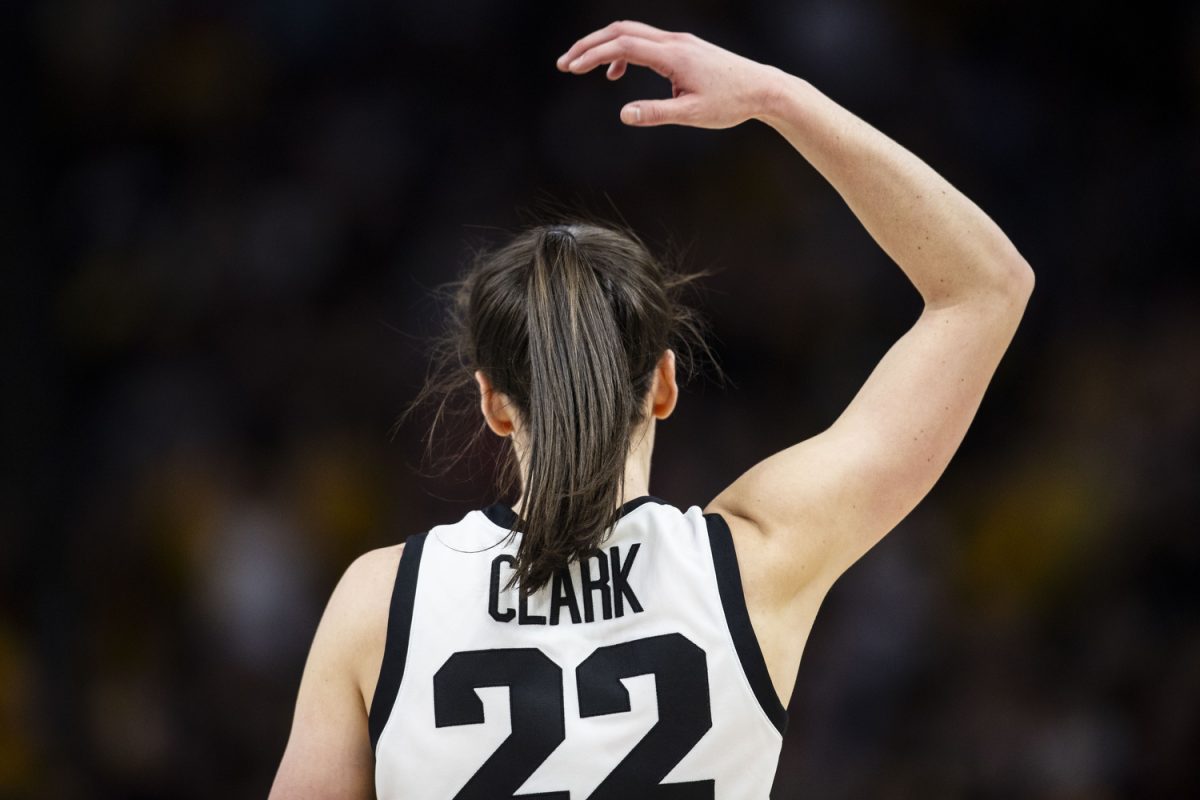The first season of HBO’s pitch-dark serial-killer anthology “True Detective” tied up a few of its loose ends in its Sunday night finale, though its creator Nic Pizzolatto insisted from the start that the audience need not wait to see the mystery solved — all the necessary clues were coded into the show from the very first episode.
It’s a strange way to begin a basketball commentary, yes, but here’s my point: Had we employed the same Talmudic scholarship as fans devoted to “True Detective,” we might have been able to foretell the collapse of the Iowa basketball team before such a turn seemed possible.
Indeed, I’d suggest that the details crucial to understanding Iowa’s 1-5 finish were foreshadowed in its loss to Villanova in November.
Remember that at the time of the Battle 4 Atlantis title game, Villanova was seen as something of a disappointing consolation prize for an Iowa team that wanted a shot at Kansas. Yes, Villanova turned out to be great, but Iowa was done in, ultimately, by its own still-untreated pathologies.
Against ’Nova, Iowa started hot — it led by 12 with 11-and-a-half minutes to go — but fell into what has become the hallmark of an Iowa second half, the colossal scoring drought. A 55-43 Iowa lead at the 11:10 mark was a 64-57 Villanova lead seven minutes later, after a 21-2 run in crunch time.
To extrapolate: Iowa led by 2 at Michigan State at halftime before being thoroughly dismantled by two separate 9-0 runs in the second half. The Hawkeyes led by 7 at Indiana with 15:54 left and promptly gave up a 9-0 run. They didn’t score a single field goal between a Melsahn Basabe put-back at the 9:50 mark and a Mike Gesell jumper with 1:10 remaining, when the game was already out of hand.
At Minnesota, Iowa went from 13:42 to 8:04 without a field goal, a stretch during which Minnesota increased its lead from 2 points to 13.
Same story against Illinois. Fran McCaffery’s crew led by 6 at 11:26, and by their next basket over five minutes later, they’d given up an 11-0 run.
This particular symptom points to any number of causes: a lack of go-to scoring, the sloppiness that inevitably follows when Devyn Marble starts pressing in tight games. It’s perhaps a lack of mental toughness or poor adjustments and poor lineup management, particularly from the under-12 media time-out to the under-8 stoppage, when Fran tends to turn to his second line. The persistence of these droughts indicates a complex set of deficiencies unlikely to be cracked in the next week.
That Villanova game also highlighted Iowa’s inability to guard 3-point shooters in close games. The Wildcats’ Ryan Arcidiacono hit two go-ahead 3s in the last minute to send the game to overtime and then assisted on two more 3s to give Villanova the early lead in overtime.
Bad luck, one might argue, but Iowa has been burned too many times for its inability to get late stops to be a coincidence.
Of course, there was Jon Ekey’s game winner for Illinois on Sunday, but also Josh Gasser’s crunch-time 3s in Wisconsin’s win at Carver. On Jan. 28, Russell Byrd’s improbable but undefended overtime dagger for Michigan State sent the Iowa fans home with their first of several devastating home losses.
In fairness, though, those defensive shortcomings aren’t unique to crunch-time 3-point shooting. They were also run out of the gym by Minnesota’s athletic guards and an Indiana team that had been, prior to Iowa’s arrival, anemic.
We learned from the Villanova game a lot about Iowa’s personnel use as well. Limited contributions in the Bahamas from Jarrod Uthoff, Peter Jok, and Anthony Clemmons — even before Josh Oglesby returned from his foot injury — forewarned that Iowa’s highly touted 11-man depth was exaggerated. In reality, the Hawkeyes’ depth proved to be mostly a Dackichian talking point — they’ve looked absolutely gassed of late and the late-conference rotation has actually featured nine guys with an occasional sprinkling of Clemmons.
There were other clues, too — inconsistent frontcourt play, for example — but maybe, in the end, the mystery of the Hawkeyes will conclude with a revelation similar to that of “True Detective”: the truth — that Iowa was but a slightly improved team with a tougher schedule, doomed to another 20-11 (9-9) finish — was right under our noses all along.






